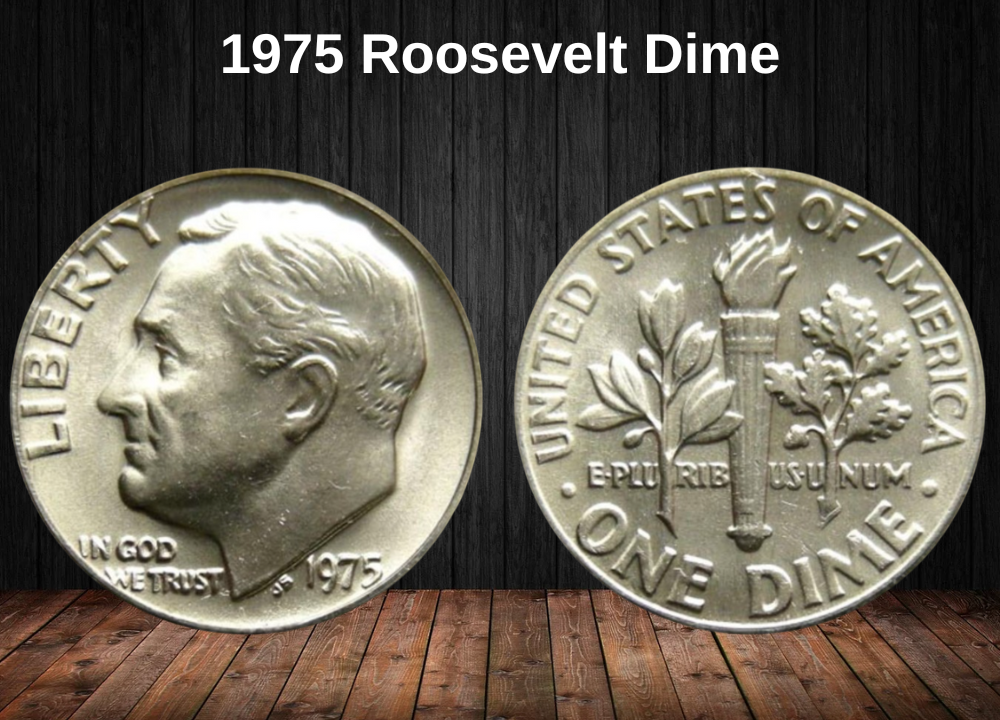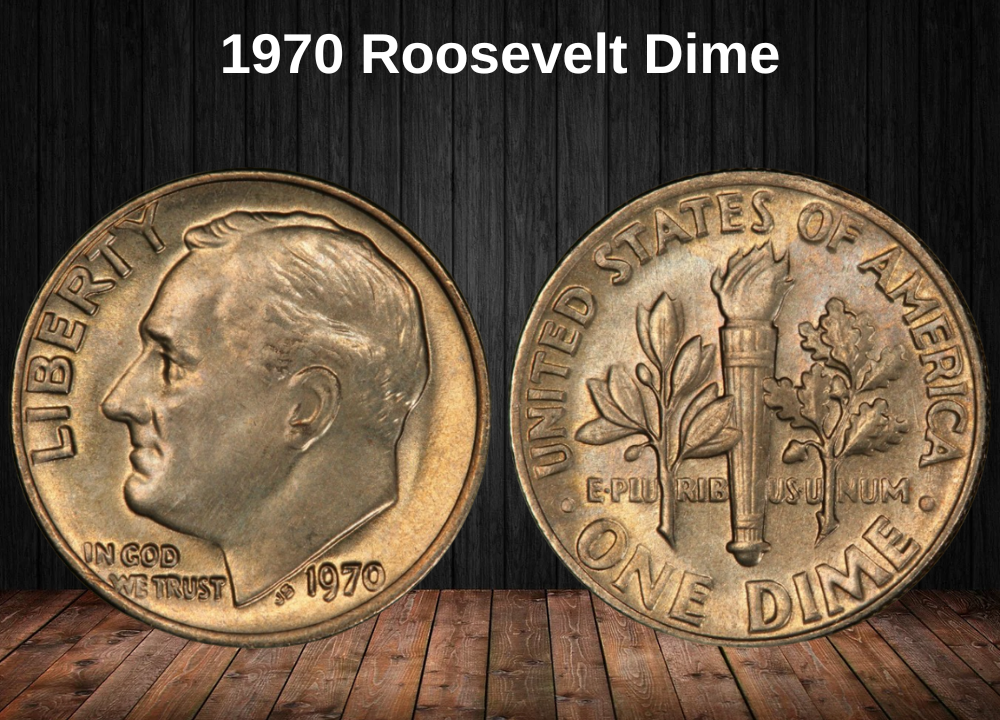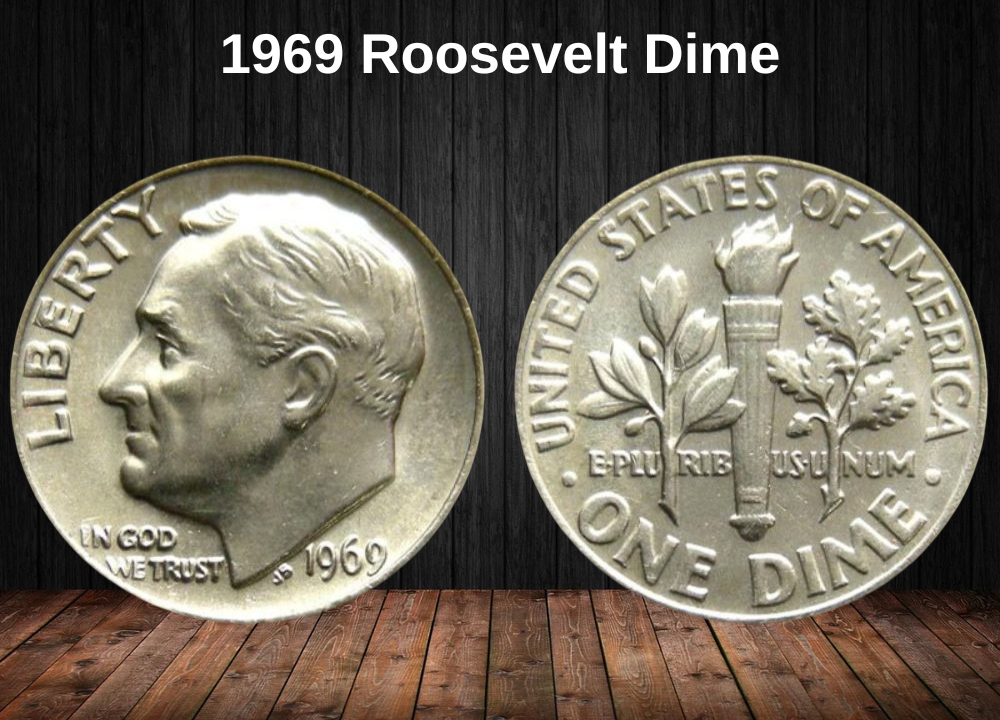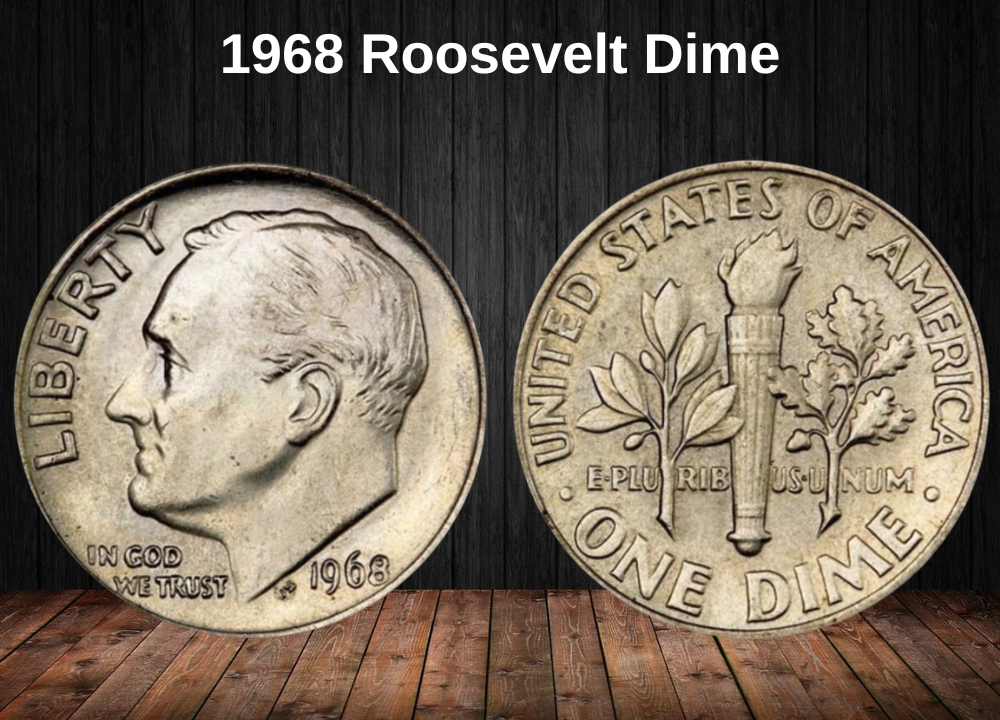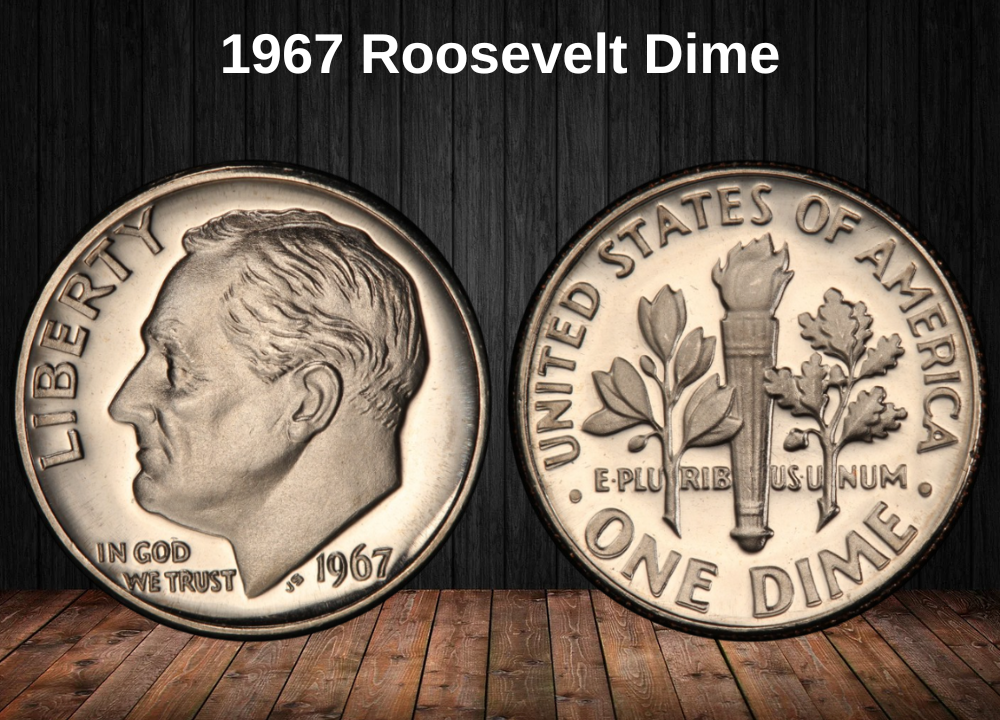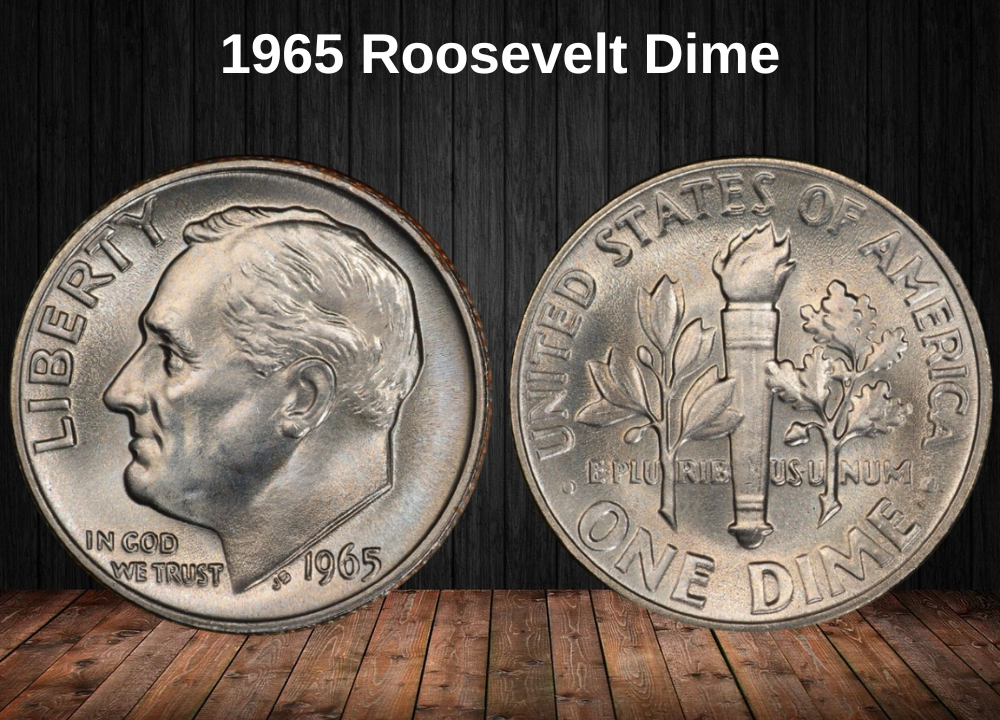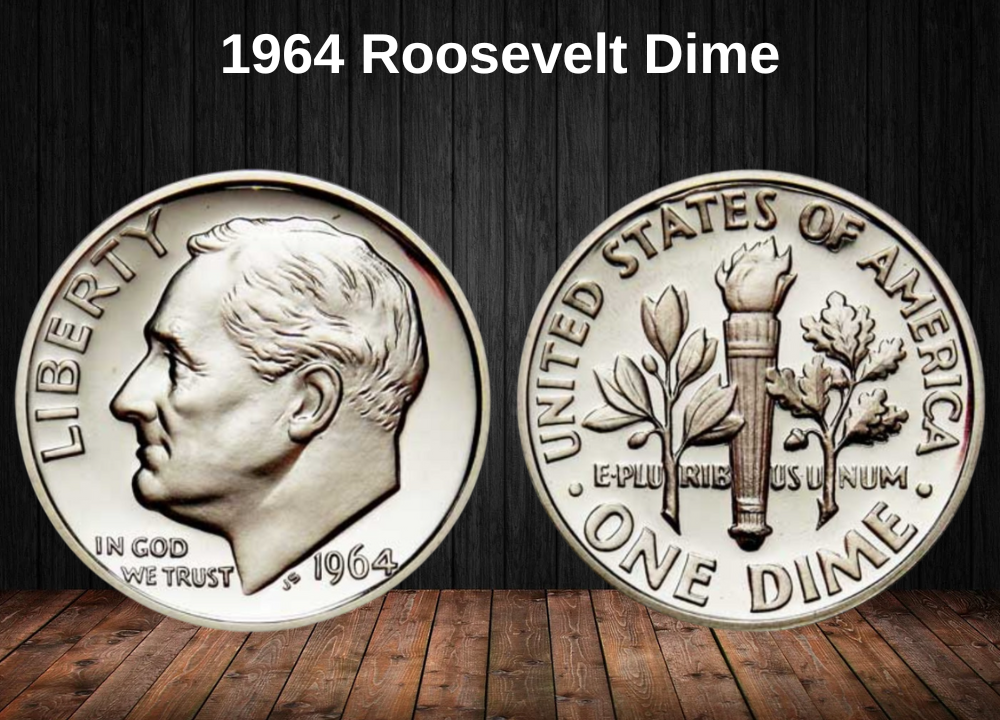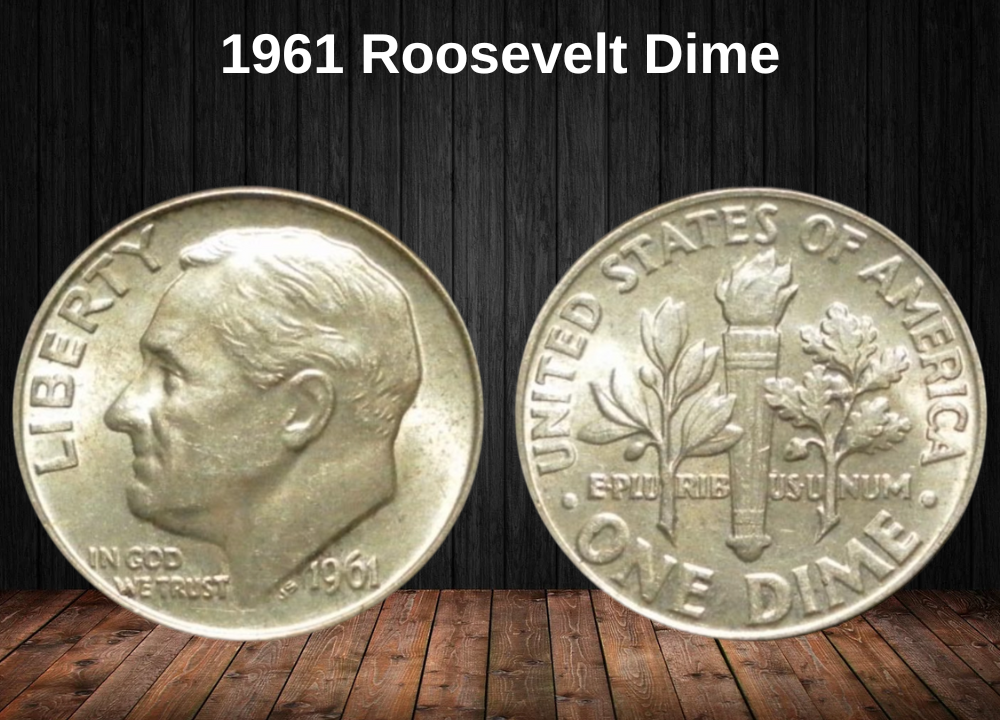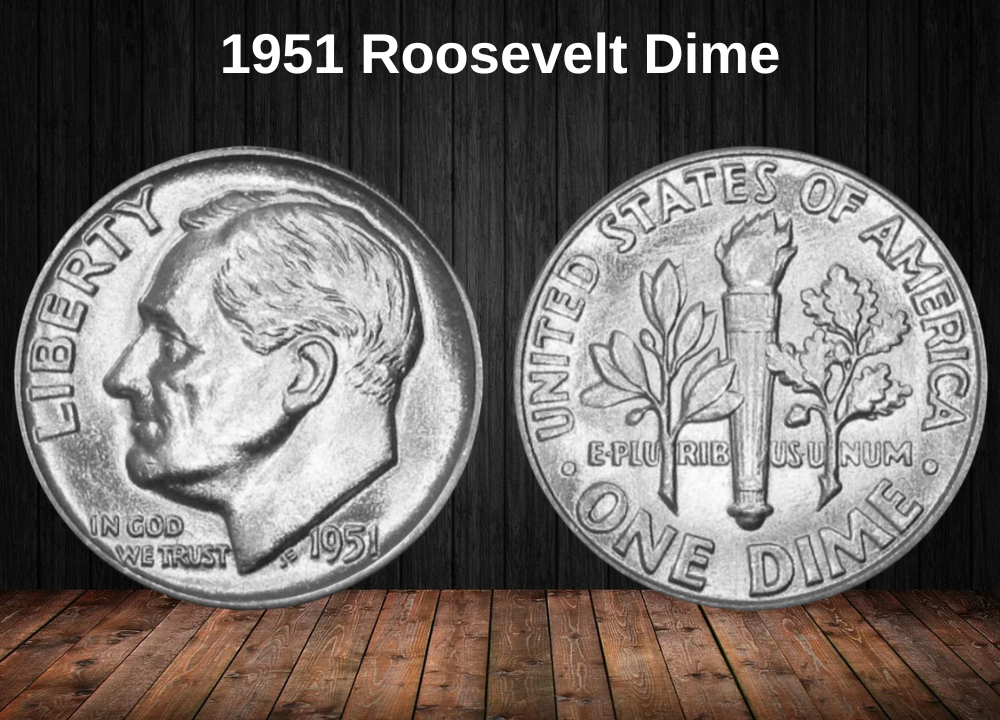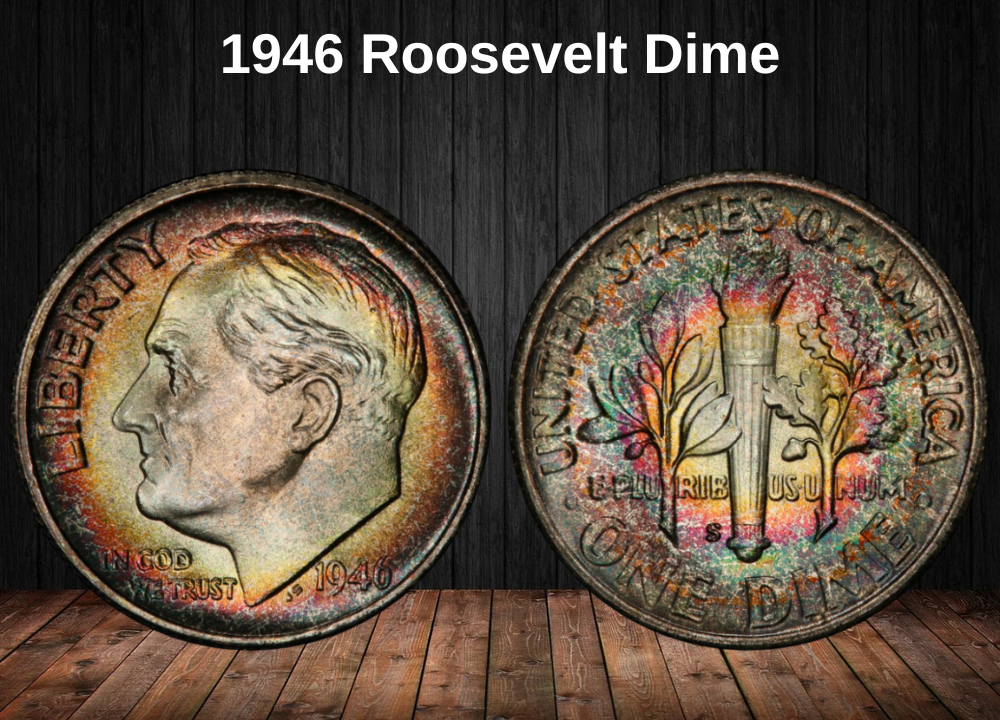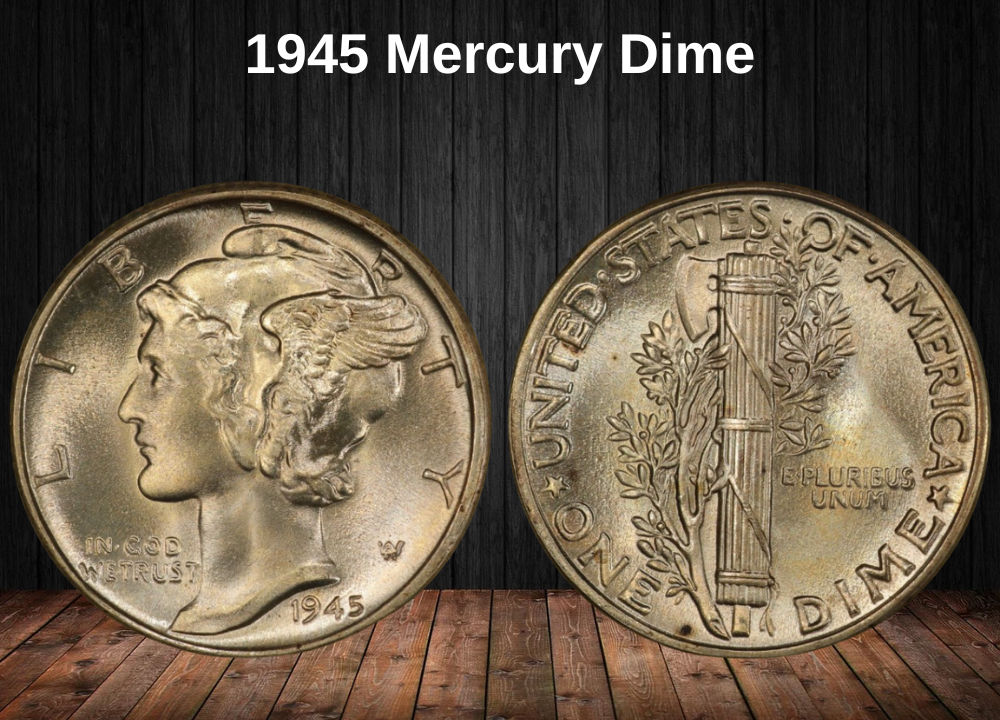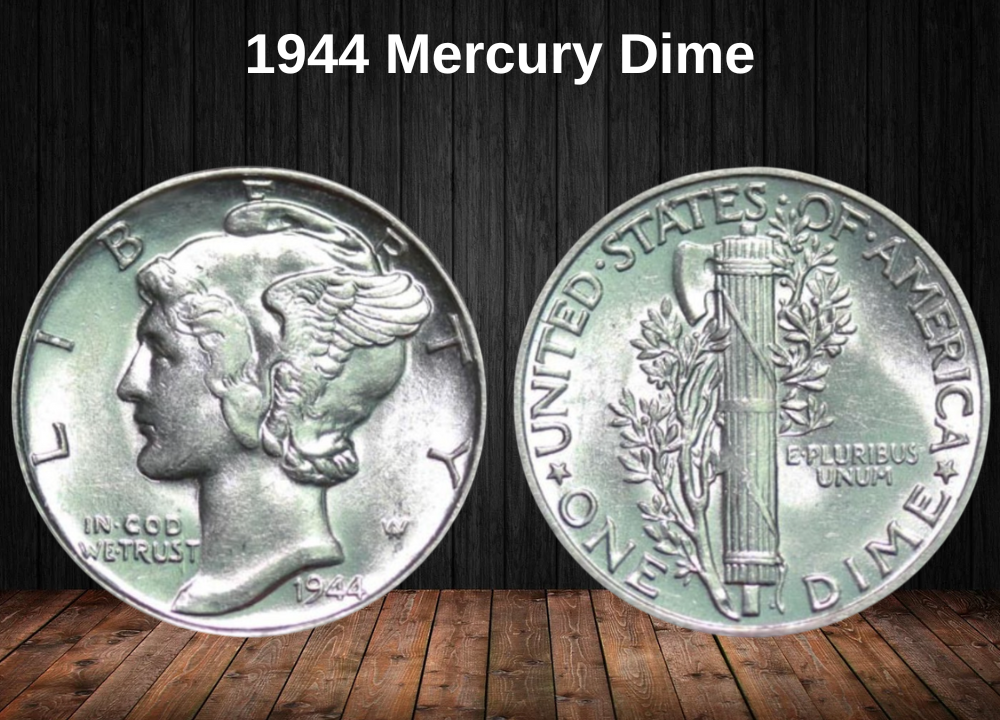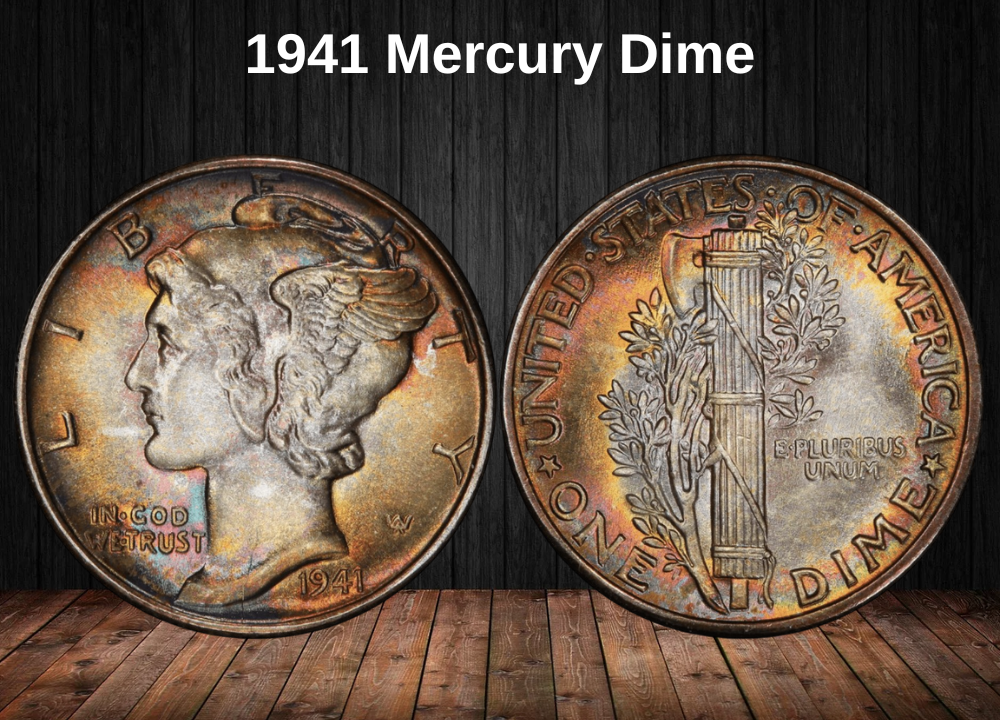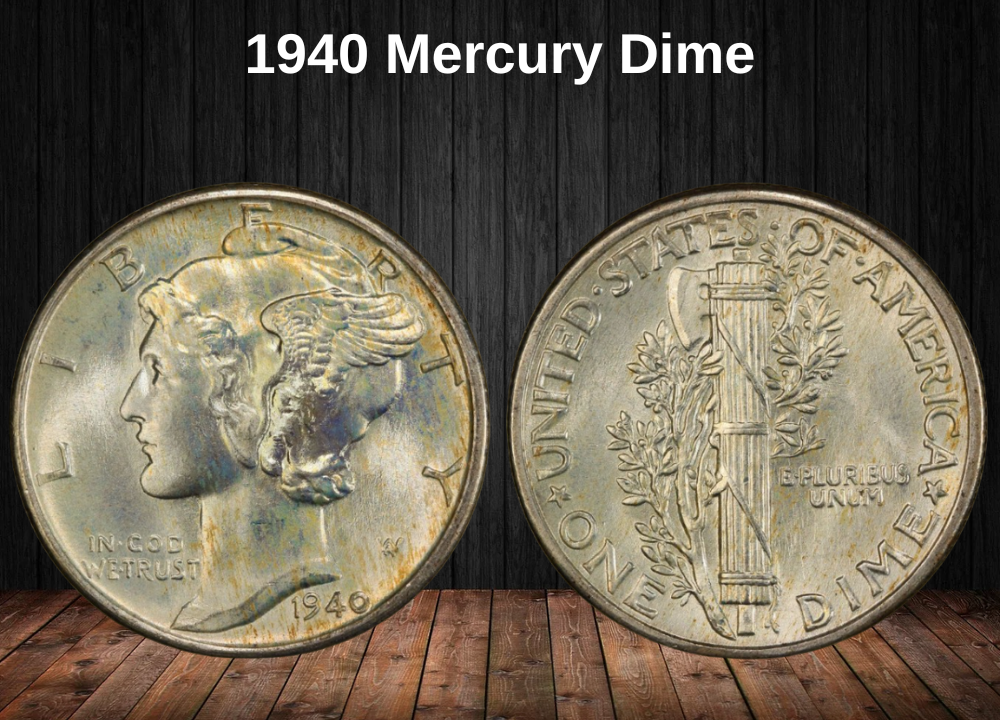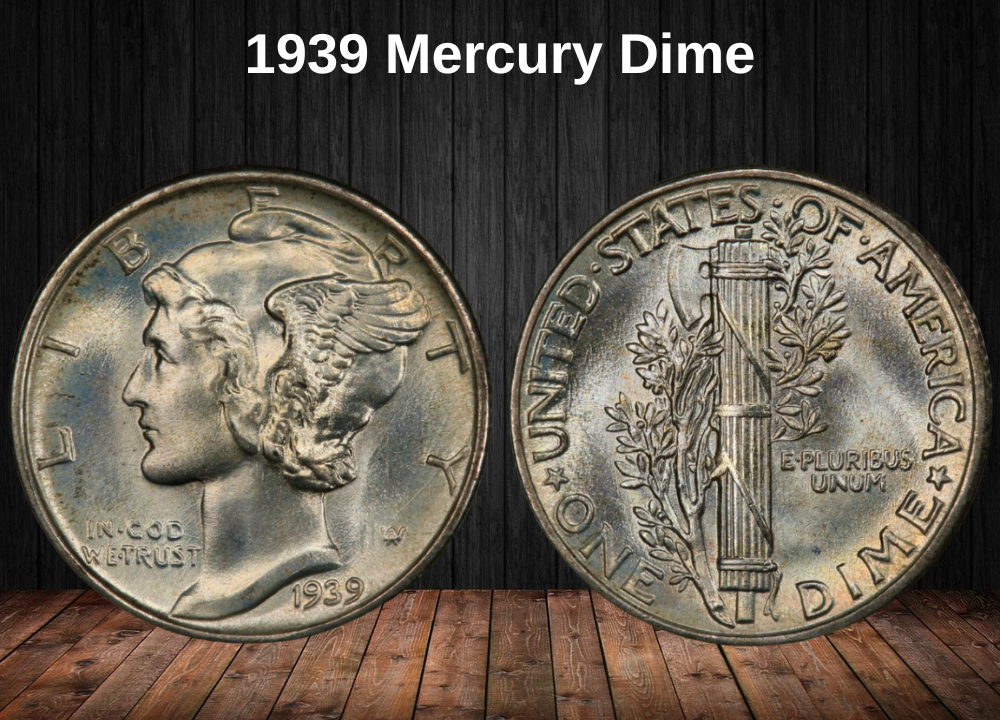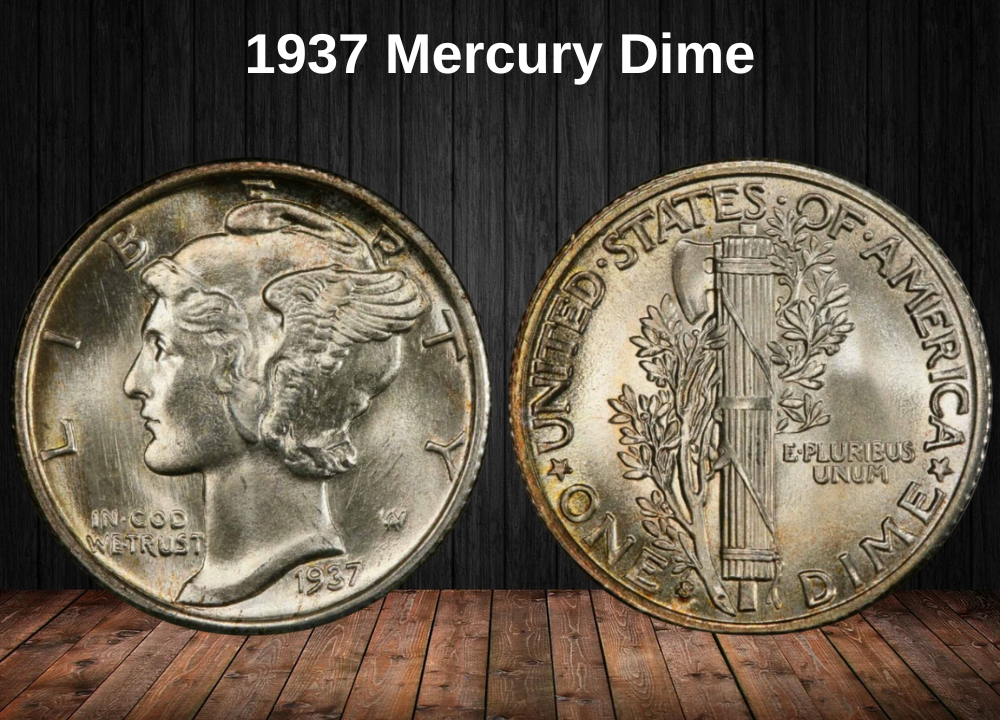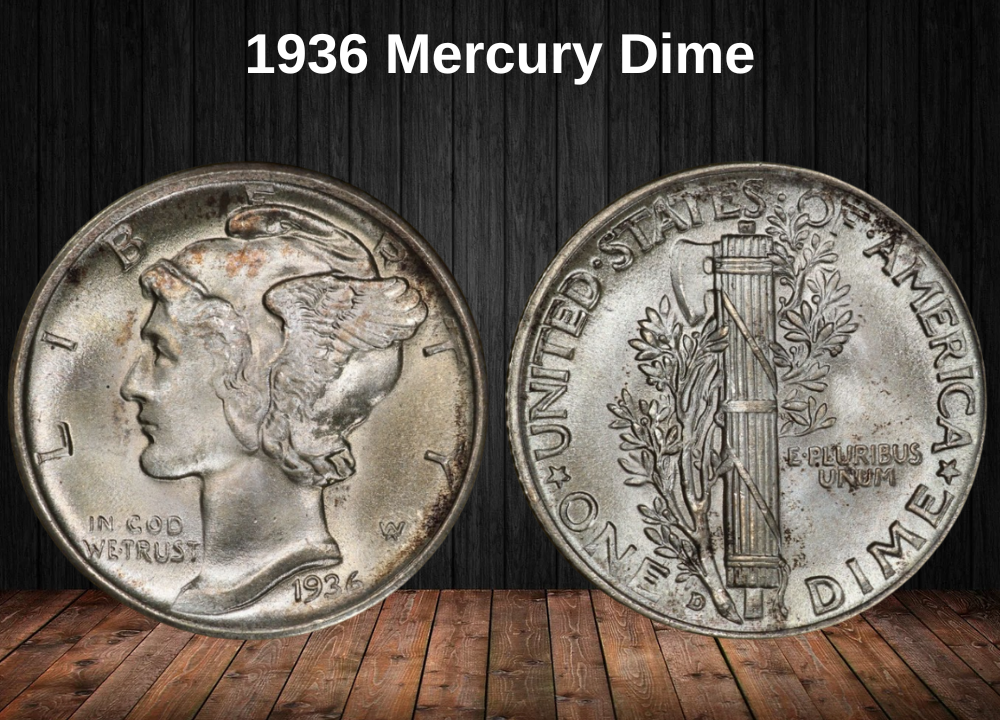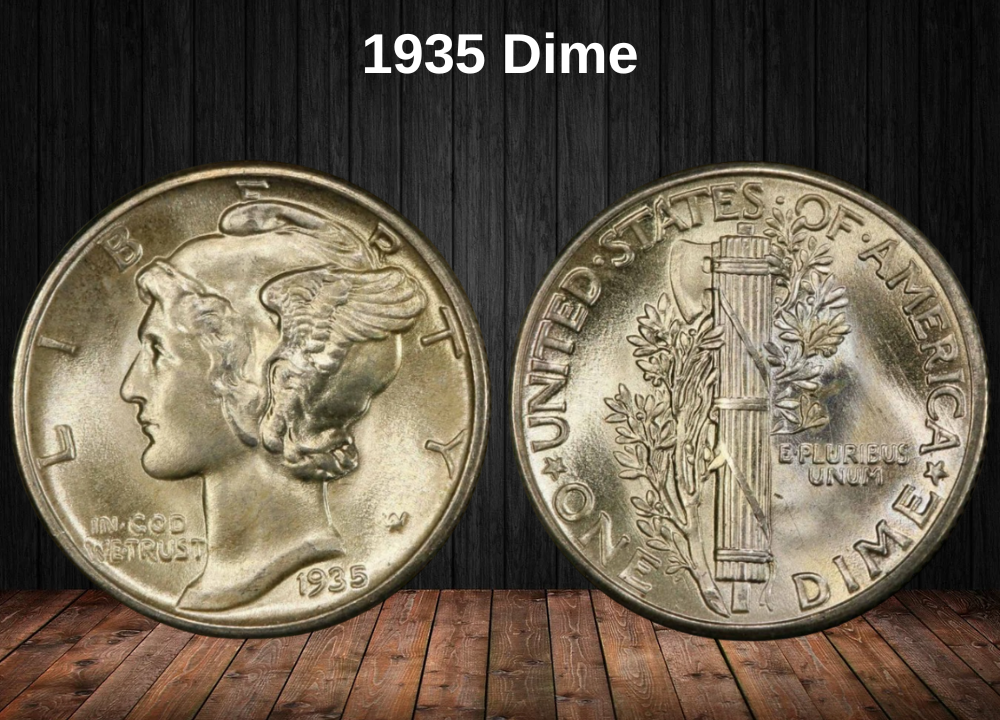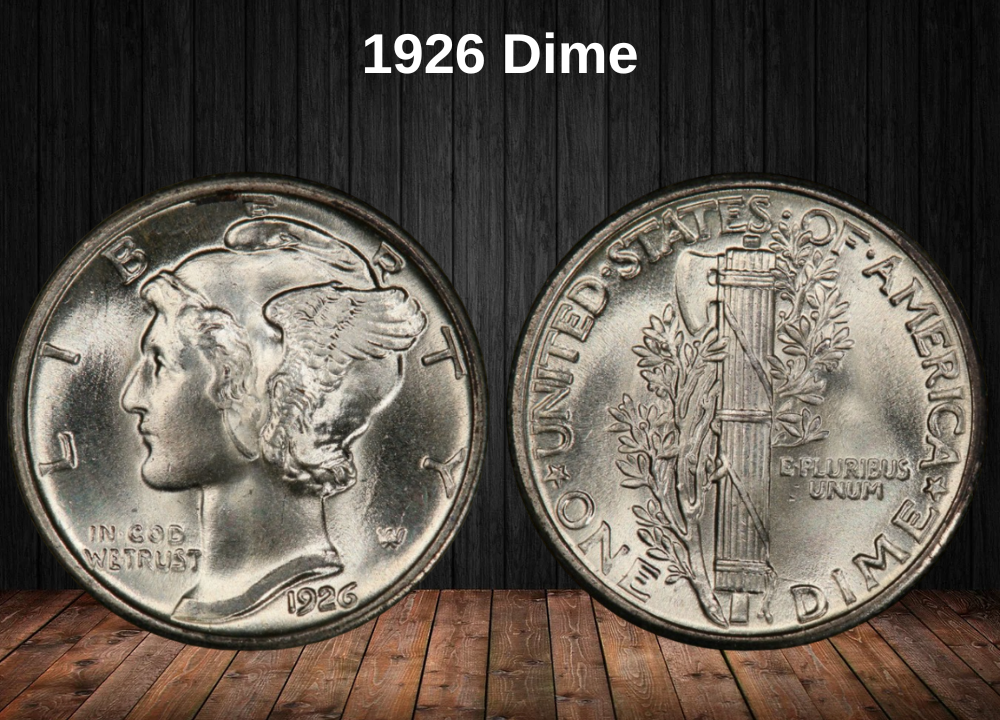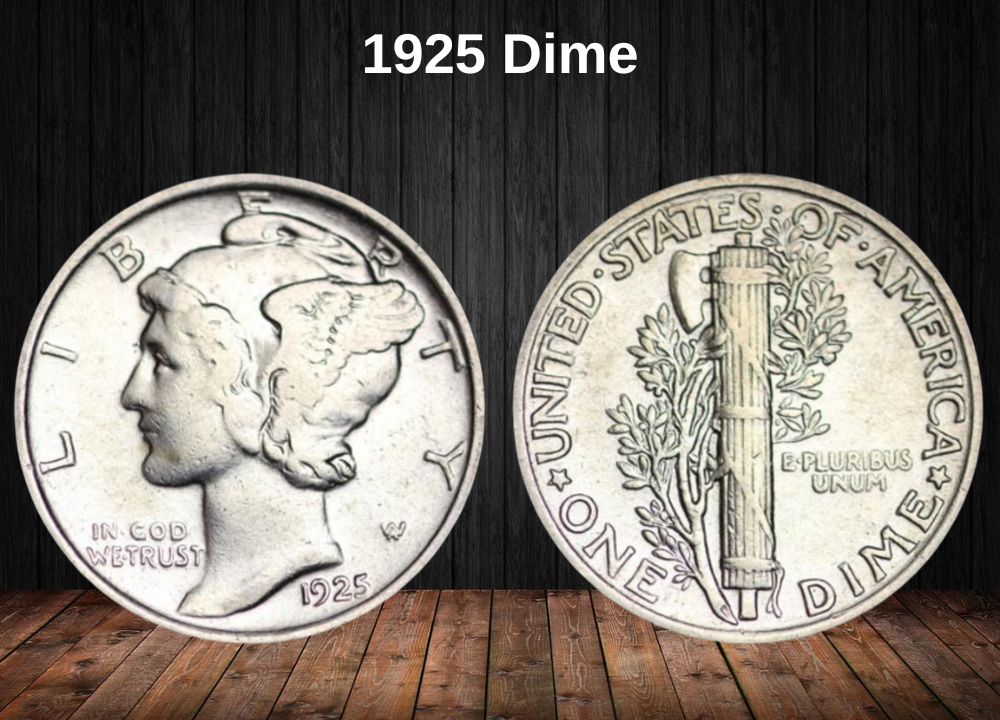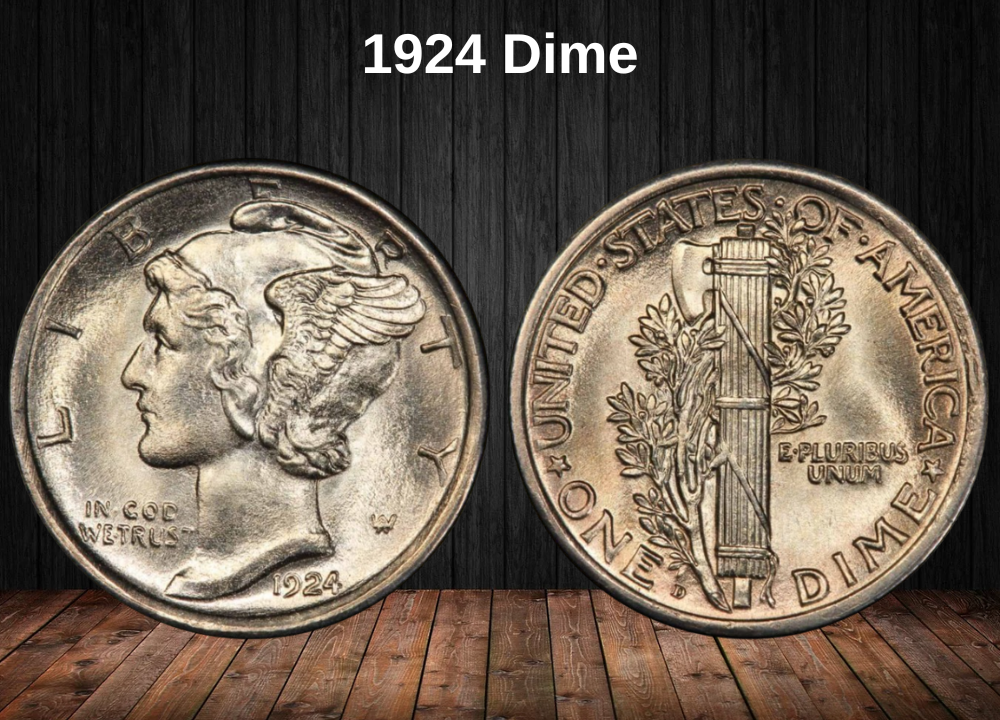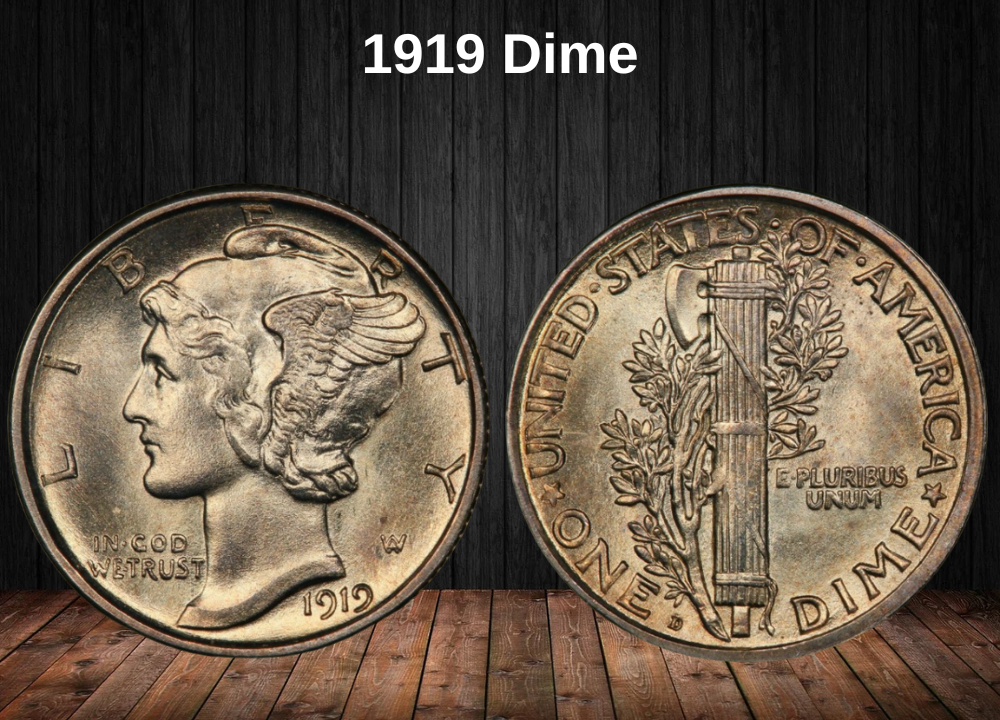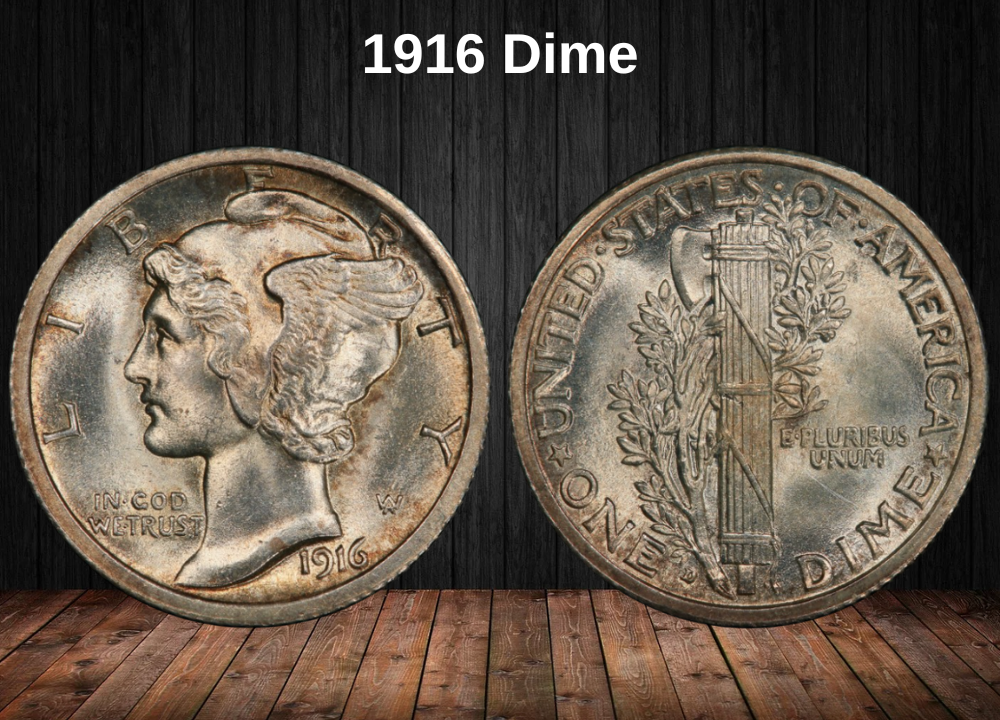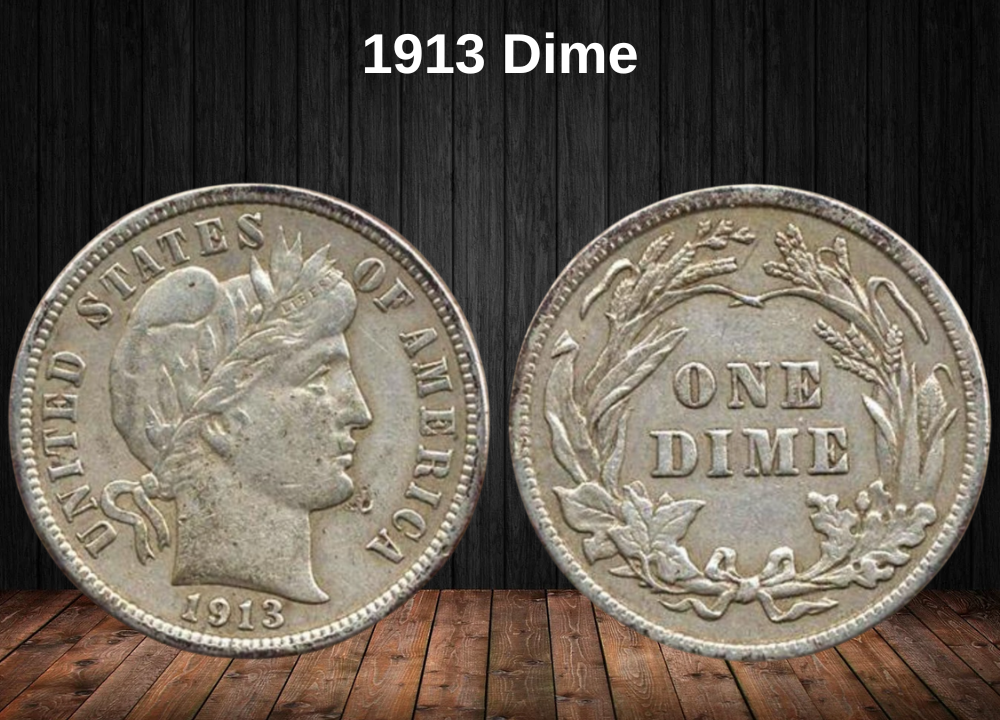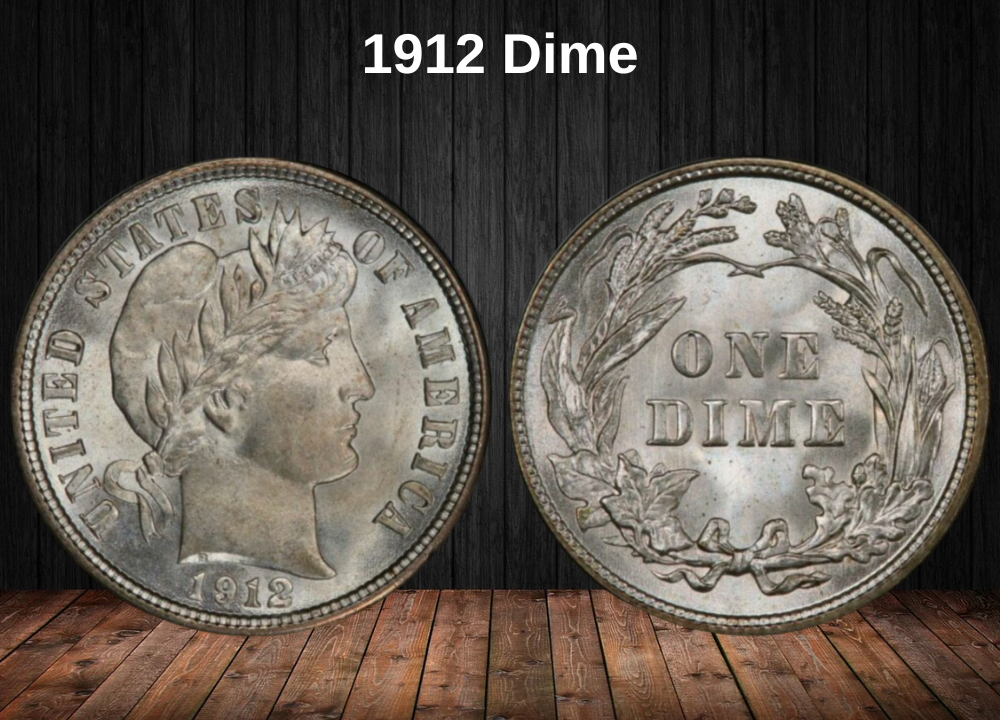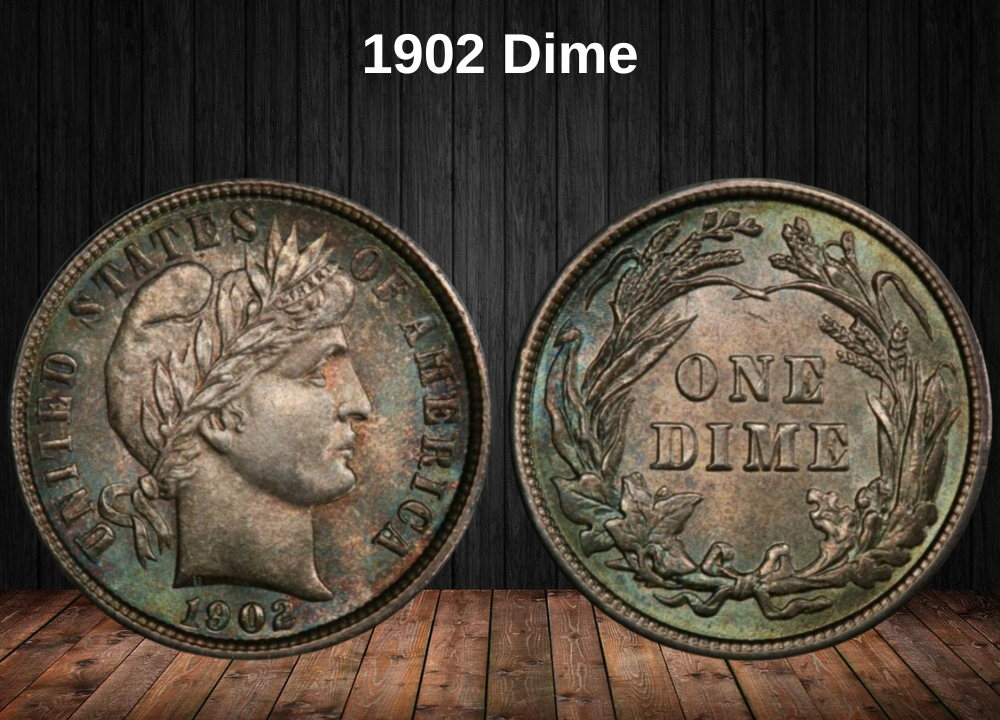Roosevelt dimes have been struck continuously since 1946, honoring the late President Franklin D. Roosevelt. Their design has remained largely unchanged, but 1963 is especially notable because it falls within the final years of 90% silver coinage before the U.S. Mint switched to clad compositions in 1965.
That means every 1963 dime has an intrinsic silver value, but as with most collectible coins, its true worth depends on far more than just metal content. Condition, rarity, and striking quality can make certain examples worth hundreds or even thousands of dollars.
1963 Dime Value Chart
Mint Mark | Good | Fine | Extremely Fine | Uncirculated (MS/PF 67) |
|---|---|---|---|---|
| 1963 “D” Dime Value | $1 | $1 | $1 | $140 |
| 1963 No Mint Mark Dime Value | $3 | $3 | $3 | $125 |
| 1963 No Mint Mark Proof Dime Value | n/a | n/a | n/a | $16 |
History of the 1963 Dime
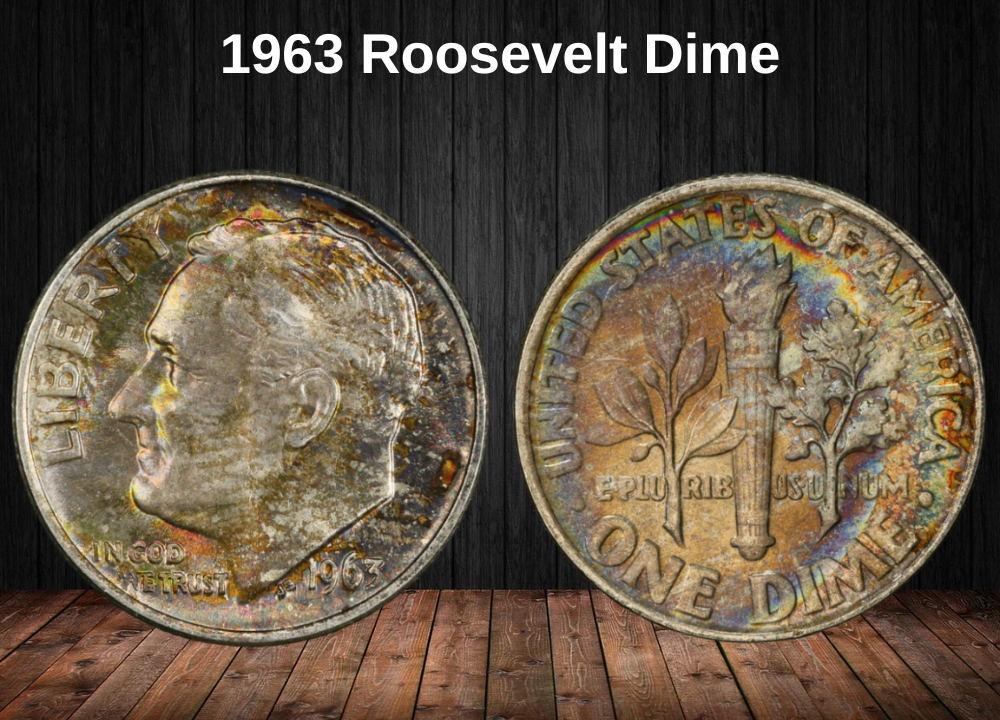
The dime has always been the smallest U.S. coin in both size and weight, valued at one-tenth of a dollar. Its history dates back to 1792, when the very first pattern coins called “DISME” were struck, borrowing the name from the French word dixième (meaning “tenth”).
Over the decades, the dime went through several redesigns — the Draped Bust (1796–1807), Capped Bust (1809–1837), Seated Liberty (1837–1891), Barber (1892–1916), and Mercury (1916–1945). After Franklin D. Roosevelt’s death in 1945, the U.S. Mint introduced the Roosevelt dime in 1946, honoring him not only as a president who led the nation through the Great Depression and World War II but also for his connection to the March of Dimes campaign against polio.
By 1963, the Roosevelt dime had already been in circulation for nearly two decades with essentially no changes to its design. What makes the 1963 issue historically significant is that it belongs to the final years of 90% silver coinage. Just two years later, in 1965, the Mint transitioned to a copper–nickel clad composition due to the rising cost of silver.
Another interesting quirk of the dime is its reverse inscription. Unlike other U.S. coins that clearly state the denomination (e.g., “CENTS” or “DOLLAR”), the Roosevelt dime reads simply “ONE DIME,” which often causes confusion among non-Americans.
1963 Silver Dime Mintage
| Location | Year/Type | Mintage |
|---|---|---|
| Philadelphia | 1963 (no mint mark) | 123,650,000 |
| Denver | 1963-D | 421,476,530 |
| Philadelphia | 1963 Proof (no mint mark) | 3,075,645 |
| Total | — | 548,202,175 |
Context and Legacy
The 1963 Roosevelt dime stands as one of the last widely produced U.S. coins struck in 90% silver. With over half a billion pieces minted, it was abundant in circulation, but higher-grade examples, proofs with deep cameo contrast, and error varieties are especially sought after today.
Unlike some earlier U.S. coinage, the Roosevelt dime’s design has endured without replacement, symbolizing Roosevelt’s lasting legacy in American history and his fight against polio.
Features of the 1963 Roosevelt Dime
The 1963 Roosevelt dime was struck during the final years of 90% silver coinage in the United States, just before the transition to copper–nickel clad coinage in 1965. By this point, the Roosevelt dime design had already become a familiar part of everyday commerce, continuing the legacy of President Franklin D. Roosevelt.
The Obverse of the 1963 Dime
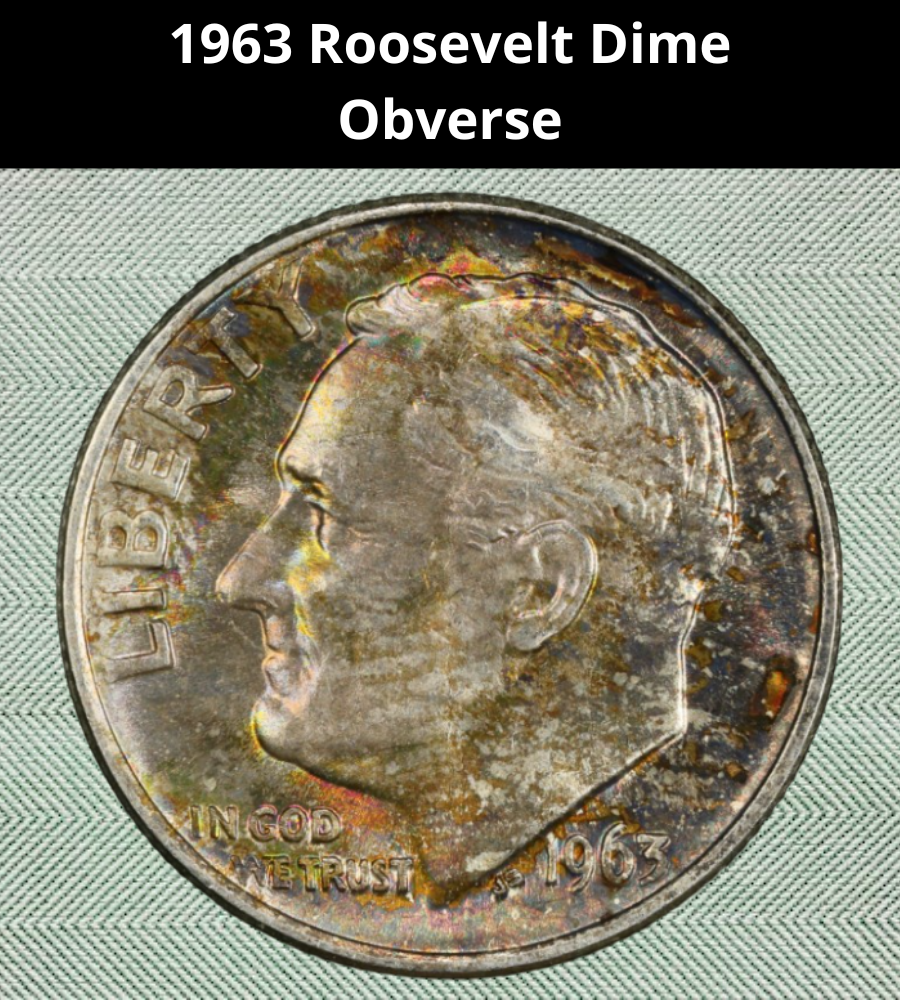
The obverse, designed by John R. Sinnock, features the same dignified left-facing portrait of Franklin D. Roosevelt introduced in 1946. Its details are clear and balanced:
- LIBERTY arcs along the left rim before Roosevelt’s forehead.
- The national motto IN GOD WE TRUST appears in small letters at the lower left, below the chin.
- The date, 1963, is placed to the right of Roosevelt’s neck.
- Beneath the truncation of the bust are the designer’s initials, JS.
By 1963, the initials controversy from the late 1940s had faded, and the design stood as a straightforward tribute to Roosevelt’s leadership during the Depression and World War II.
The Reverse of the 1963 Dime
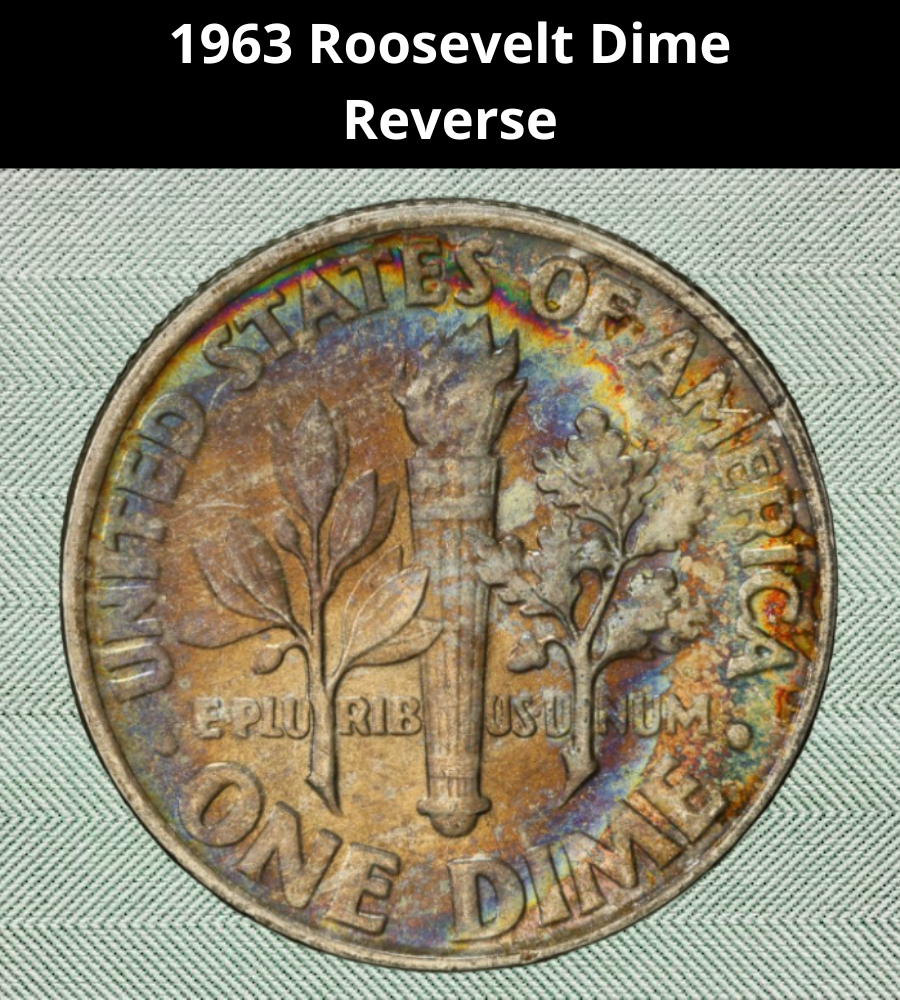
The reverse carries over Sinnock’s symbolic design, representing liberty, peace, and strength in postwar America:
- At the center stands a torch of liberty.
- To the left, an olive branch symbolizes peace.
- To the right, an oak branch symbolizes strength and victory.
- The motto E·PLURIBUS·UNUM is inscribed between the three symbols.
- Along the rim appear UNITED STATES OF AMERICA above and ONE DIME below.
The mint mark, if present (“D” for Denver), is located on the reverse at the lower left of the torch’s base.
1963 Dime Specifications
| Detail | Specification |
|---|---|
| Face Value | $0.10 (Ten Cents) |
| Shape | Round |
| Edge | Reeded |
| Diameter | 17.91 mm (0.705 in) |
| Thickness | 1.35 mm (0.053 in) |
| Weight | 2.50 g (0.080 troy oz) |
| Composition | 90% Silver, 10% Copper |
| Silver Content | 2.25 g (0.072 troy oz) |
Other Features
Each 1963 Roosevelt dime has a reeded edge with 118 reeds. Because of its 90% silver composition, its intrinsic metal value ensures it will always carry worth beyond its face value. Collectors especially value uncirculated coins, proof strikes, and mint error varieties from this year.
1963 Dime Grading
| # | Grade |
|---|---|
| 1 | Basal State-1 |
| 2 | Fair |
| 3 | Very Fair |
| 4, 5, 6 | Good |
| 7, 8, 10 | Very Good |
| 12, 15 | Fine |
| 20, 30 | Very Fine |
| 40 | Extremely Fine |
| 50 | About Uncirculated |
| 60 | Mint State |
| 65 | Mint State |
| 70 | Mint State |
1963 Roosevelt Dime Value Guide
The 1963 Roosevelt dime is one of the last silver dimes issued before the U.S. Mint switched to copper–nickel clad coinage in 1965. Struck in 90% silver, these coins hold intrinsic bullion value while also attracting collector interest, especially in high grades or with errors.
1963 “D” Dime Value
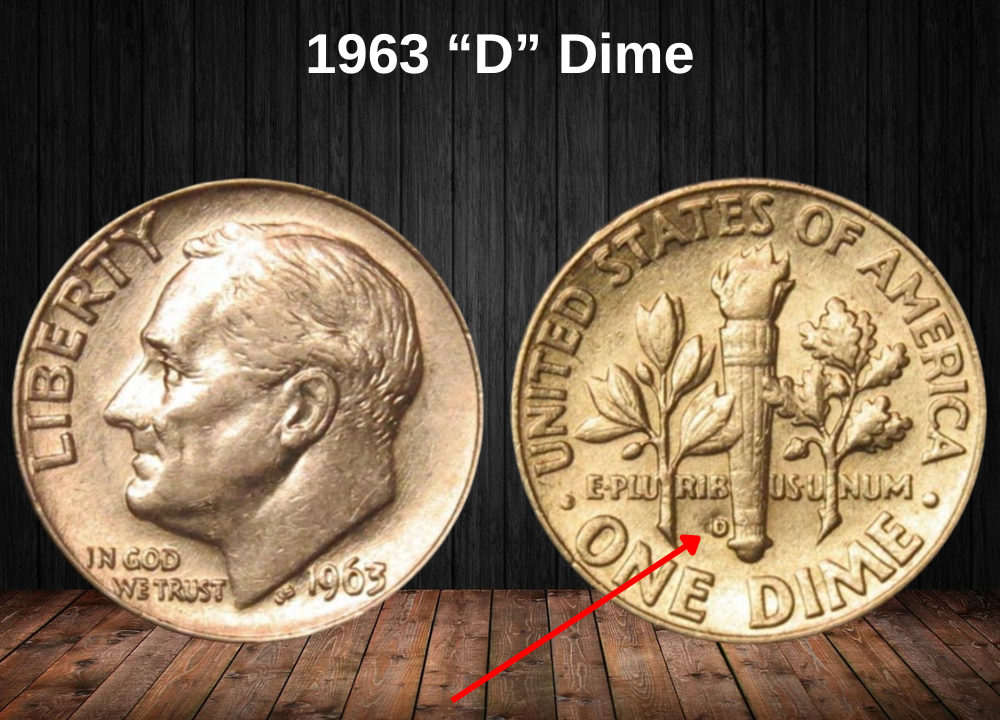
The 1963-D Roosevelt dime, minted in Denver, is the most common variety of the year.
- Composition: 90% silver, 10% copper
- Weight: 2.5 grams
- Diameter: 17.9 mm
- Edge: Reeded
- Mint Mark: “D” on the reverse, bottom left of the torch
The obverse features Roosevelt’s left-facing portrait with LIBERTY to the left, IN GOD WE TRUST below the chin, and the date 1963 under the neck. The designer’s initials JS (for John Sinnock) are located to the left of the date.
The reverse displays a torch of liberty flanked by an olive branch (peace) and an oak branch (strength), with the motto E·PLURIBUS·UNUM in the center.
- Mintage: 421,476,530 (record-high at the time)
- Value: Most circulated coins are worth only their silver melt value (~$2.43). In uncirculated grades, values can reach $50–$150, and rare high-grade examples or coins with full bands on the torch can bring $1,000–$4,500 at auction.
1963 No Mint Mark Dime Value

The Philadelphia Mint struck 123,650,000 dimes in 1963, none with a mint mark.
Like the Denver dimes, they share the same design and silver composition. The absence of a mint mark is standard for Philadelphia coins of that era (the “P” mint mark was not added until 1980).
- Mintage: 123,650,000
- Value: Circulated examples are worth silver melt value. Uncirculated pieces average $20–$80, with gem-quality coins or those displaying full bands reaching several hundred dollars. Some rare examples have topped $1,500 in auctions.
1963 Proof Dime Value
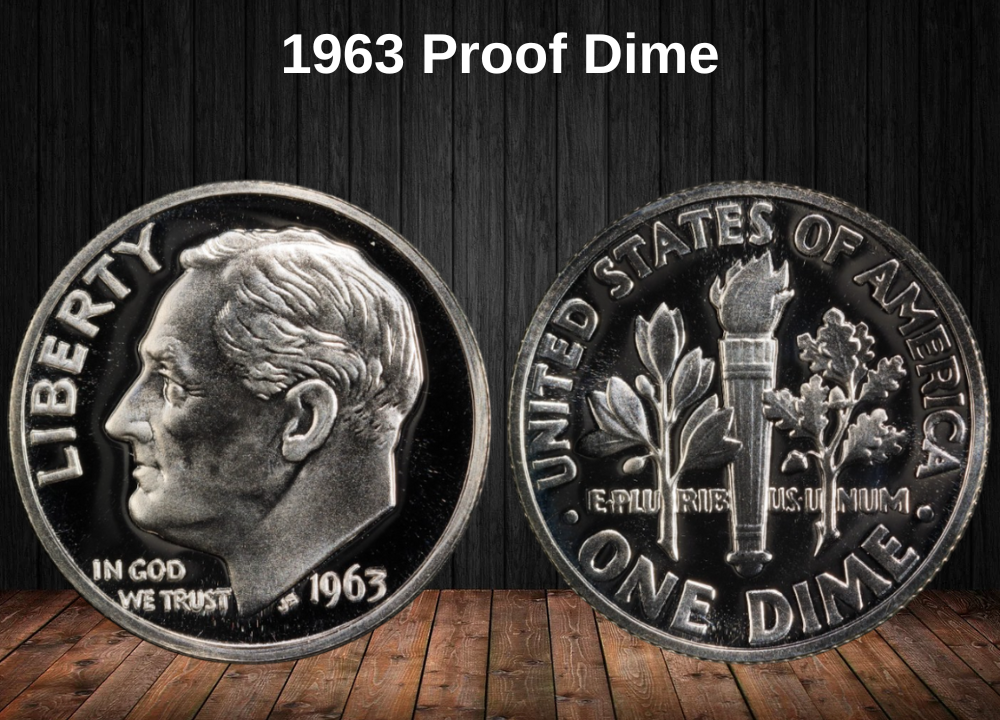
Proof dimes were struck in Philadelphia with a special polished die and double strikes for collectors.
- Mintage: 3,075,645
- Finish: High-quality mirrored fields and sharp details
- Value:
- Standard proof examples trade for $5–$15.
- Cameo or Deep Cameo proofs are scarcer and can command $50–$300, depending on grade.
While not as rare as high-grade business strikes, proof coins are consistently collectible due to their quality and finish.
Rare 1963 Dime Error List
Although the vast majority of 1963 Roosevelt dimes are common and worth only their silver value, some minting errors can make them rare collectibles. Here are the most notable 1963 dime errors:
1963 Dime Improper Cladding / Discoloration Error
Even though the 1963 dime is struck in 90% silver and 10% copper, issues in the striking or metal mix can cause improper bonding. When the cladding doesn’t adhere correctly, parts of the coin may appear streaked, toned, or discolored.
- Value: Depending on severity and eye appeal, these can range from $20 to $150+.
1963 Dime Double Die Error
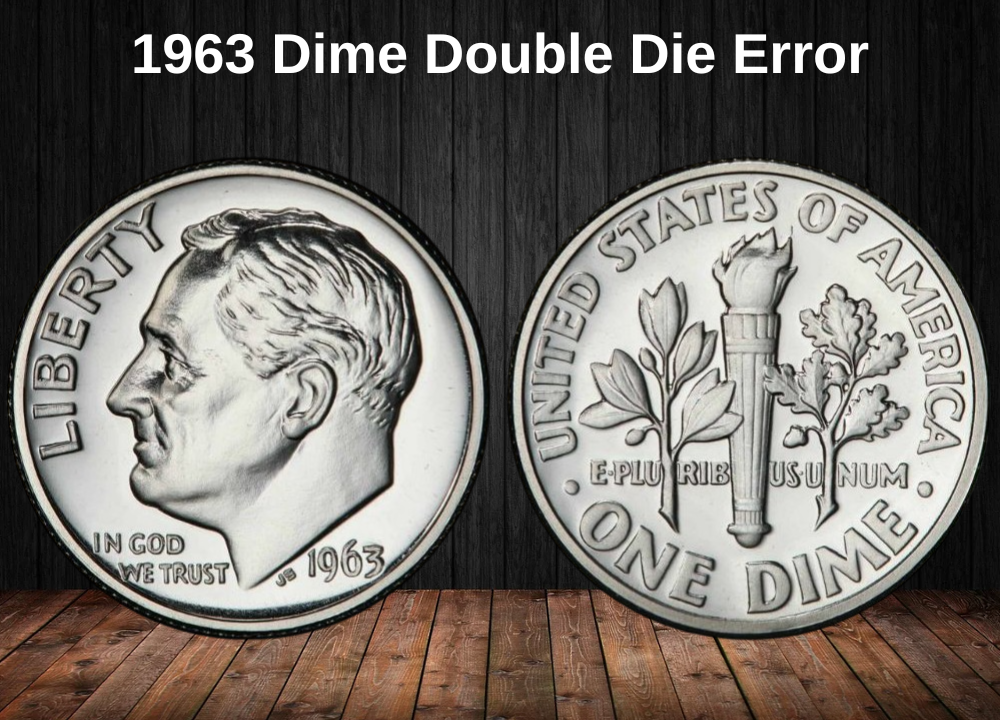
One of the most collectible error types. A double die error occurs when the coin shifts slightly during the strike, making certain details appear doubled or blurry.
- Most noticeable on the reverse lettering, especially in “E·PLURIBUS·UNUM” and “UNITED STATES OF AMERICA.”
- Value: Strong doubling can push prices to $100–$500, while dramatic examples in high grade can exceed $1,000.
1963 Dime Clipped Planchet Error
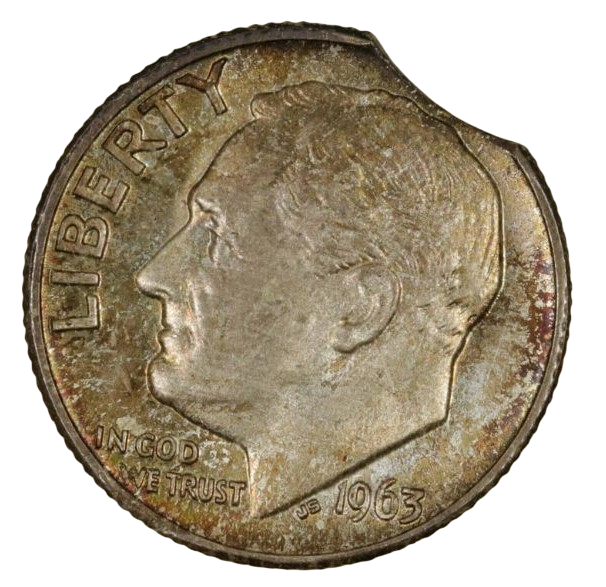
When the blank (planchet) is incorrectly cut from the coin sheet, part of the dime is “clipped” away. These clipped planchets can be small curved bites or more dramatic sections missing.
- Value: Minor clips bring $30–$80, while larger or well-centered clips may sell for $200+.
1963 Off-Center Strike Error
If the coin isn’t aligned correctly during striking, the design appears shifted off-center. The more off-center the strike, the scarcer and more desirable the error.
- Value: Small shifts may fetch $50–$100, while dramatic 40–60% off-center strikes can go for $500–$1,500.
1963 Die Cracks and Cuds
A worn die can cause raised cracks or blobs of metal (known as cuds) on the coin’s surface. These vary in size and position, with larger and more dramatic breaks being rarer.
- Value: Common cracks may be $10–$30, while big cuds on key design areas can bring $100+.
1963 Full Bands (Strike Quality)
Not technically an error, but a strike designation: coins with sharply defined full horizontal bands on the torch are scarce. Collectors pay premiums for these “Full Bands” (FB) dimes.
- Value: Depending on grade, $300–$2,000+.
Where to Sell Your Dime Coin?
Now that you know the value of your dime, the next step is deciding where to sell it. There are several trusted options—both online and in person—that can help you get the best price depending on your coin’s rarity and condition.
To see the full list of recommended places, along with their advantages and disadvantages, check our complete guide on where to sell your dime coins.
FAQ about the 1963 Roosevelt Dime
1. What is the 1963 Roosevelt dime made of?
It is 90% silver and 10% copper, weighing 2.5 grams with a diameter of 17.9 mm.
2. Where were 1963 dimes minted?
In Philadelphia (no mint mark) and Denver (“D” mint mark).
3. Where is the mint mark on a 1963 dime?
On the reverse, to the bottom left of the torch.
4. How many 1963 dimes were made?
Over 545 million: 421,476,530 in Denver, 123,650,000 in Philadelphia, plus 3,075,645 proof coins.
5. What is the face value of a 1963 dime?
Ten cents ($0.10).
6. Are all 1963 Roosevelt dimes valuable?
No. Most are only worth their silver melt value (about $2–$3), unless in higher grades or with errors.
7. What are the most valuable 1963 Roosevelt dimes?
High-grade “D” dimes and rare errors can reach hundreds or even thousands of dollars; top auction sales exceed $4,000.
8. What is a “Full Bands” 1963 dime?
A designation given when the horizontal bands on the torch’s fasces are fully visible and sharply struck, increasing value.
9. Why do some people think the initials “JS” stand for Joseph Stalin?
Because of Cold War-era conspiracy theories. In reality, they are simply the initials of the designer, John R. Sinnock.


